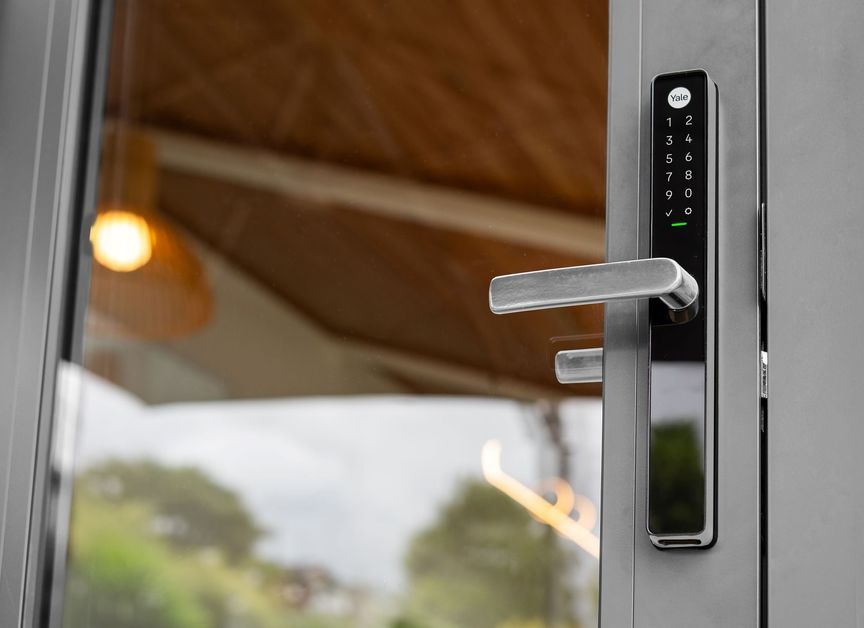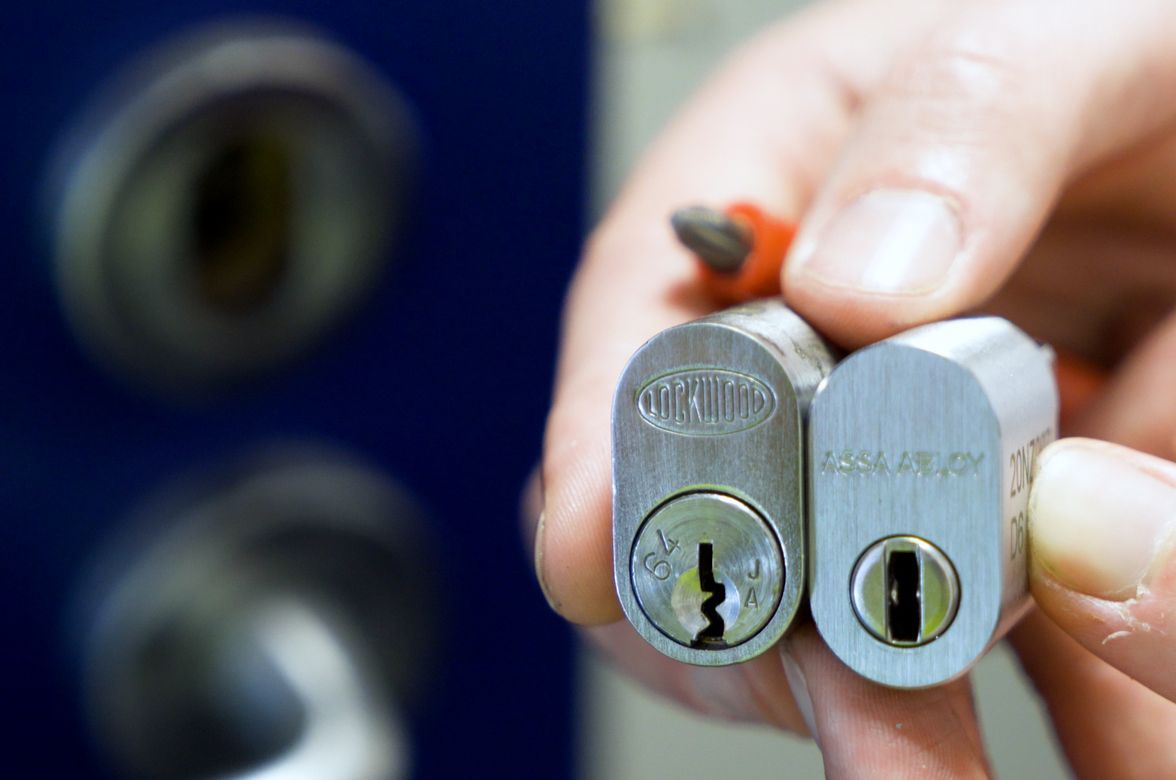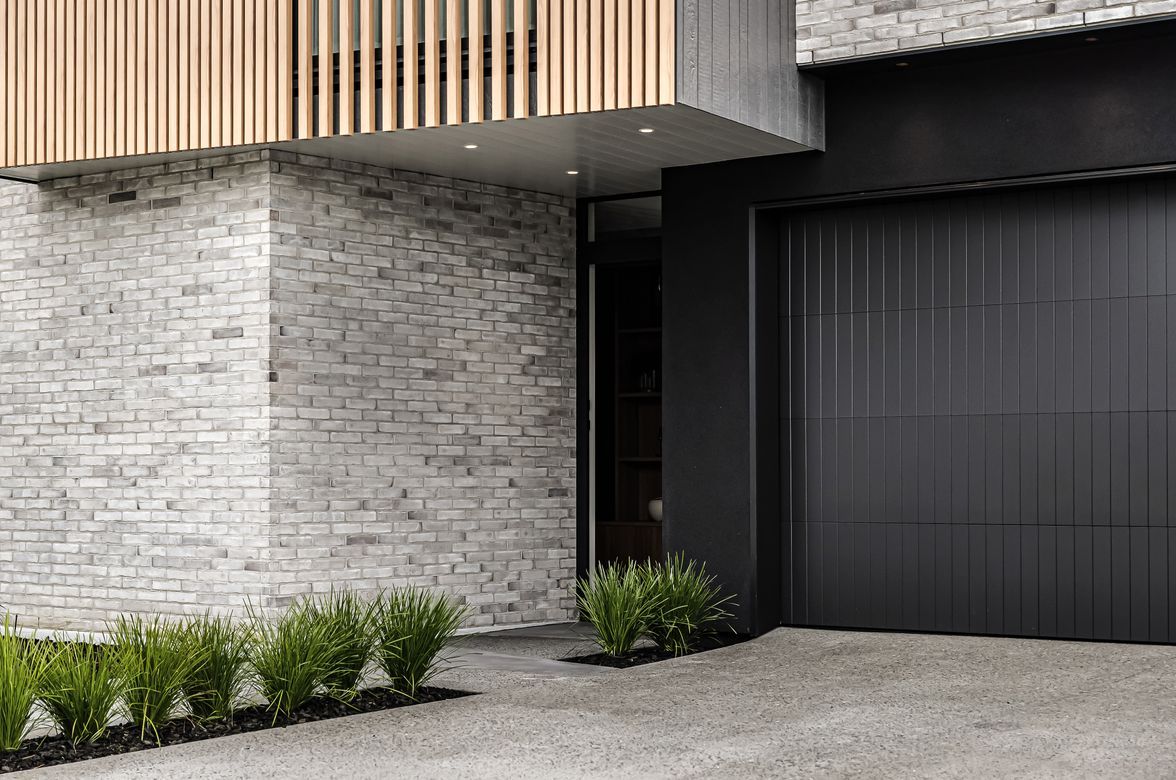Auckland Museum SmartLock.
ArchiPro Project Summary - Auckland War Memorial Museum upgrades to a flexible and affordable smart lock system, enhancing security while preserving the integrity of this iconic heritage building.
- Title:
- Auckland War Memorial Museum Adopts Flexible and Affordable Smart Lock System
- Manufacturers and Supplier:
- ASSA ABLOY
- Category:
- Community/
- Public and Cultural
- Region:
- Parnell, Auckland, NZ
- Completed:
- 2021
- Client:
- Auckland War Memorial Museum
- Photographers:
- ASSA ABLOY
With so many precious artefacts housed inside, the museum needed a more secure, modern door and display case locking system that would be sensitive and appropriate to a significant heritage building.

The wireless capability of the ABLOY PROTEC2 CLIQ locks provides modern access control for the museum’s existing doors without any need to run power to them. It was the perfect solution to maintain the character of heritage doors, avoid damage to heritage fabric, and avoid the great expense of running wires. The CLIQ solution has given the museum a level of control far beyond what it had before and in keeping with state-of-the-art museum security global best practice.
Managing over 170 doors with more than 500 metal keys was cumbersome and expensive for Auckland Museum. The legacy fob card and metal key combination weren’t overly difficult for staff to use, but behind the scenes it was a frustrating manual system for the security team that incurred high annual maintenance costs.
Each member of staff was assigned a set of keys which they had to secure in a key cabinet each time they left the building. When a key was lost or misplaced, additional security guards had to secure the affected doors while a locksmith installed new lock barrels and replaced the keys. This manual system lacked all the security features and audit trails only a digital system could provide.
‘We needed to bring our door security into the twenty-first century,’ says the museum’s head of security, Sir Kenneth (Ken) McKenzie. ‘But we were faced with costs of between $3,500 and $8,000 per heritage door for new electronic locks and swipe card readers. With over 170 doors, the cost was simply out of the question.’
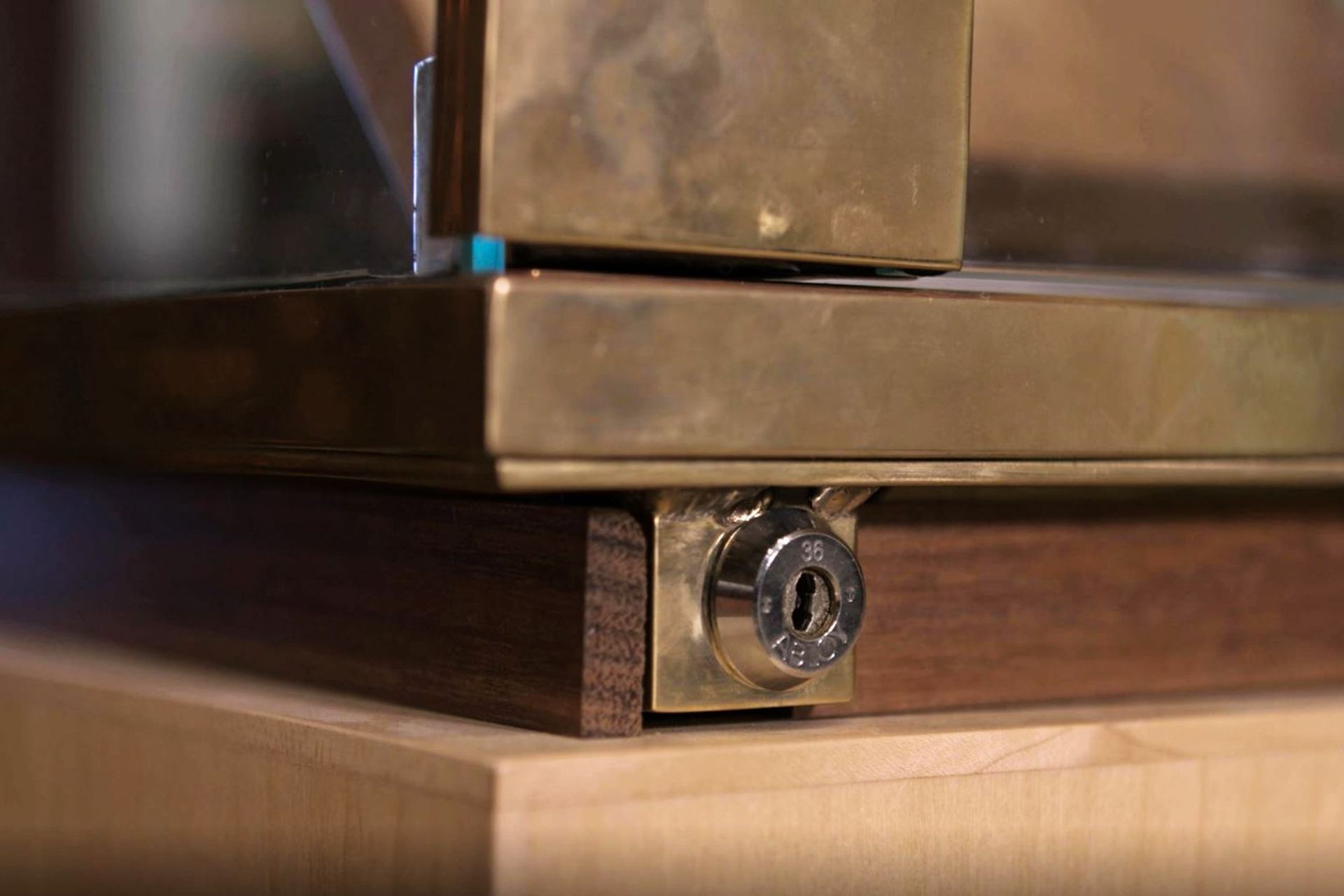
An affordable wireless, smart locking system
Following an introduction by the museum’s architects, Ken met with the ASSA ABLOY team to view the ABLOY PROTEC2 CLIQ system and evaluate its suitability. Bought about by new technology and the ‘internet of things’, CLIQ is a connected system of wireless smart locks, operated with battery-powered keys. It uses AES encryption for every electronic exchange – the current gold standard for wireless security and used by institutions such as the US government. CLIQ locks don’t need wiring, they can fit into most existing locksets, and can be installed without damage to heritage building fabric.
Used by museums and galleries around the world, CLIQ provides benefits such as remote management, audit trails, and the ability to easily manage key access for staff, tradespeople, cleaners and other contractors. And at a fraction of the cost of the alternatives, modern door security at Auckland Museum suddenly became affordable.
‘It’s difficult and expensive to run wires to heritage doors,’ says ASSA ABLOY consultant Neil Summons. ‘Being wireless, the CLIQ smart locks require no major alterations to existing doors and consequently no damage to heritage fabric. The lock cylinders simply swap out and keys are managed remotely from a central point. The museum team can make instant changes and block a key if its security is questioned.’
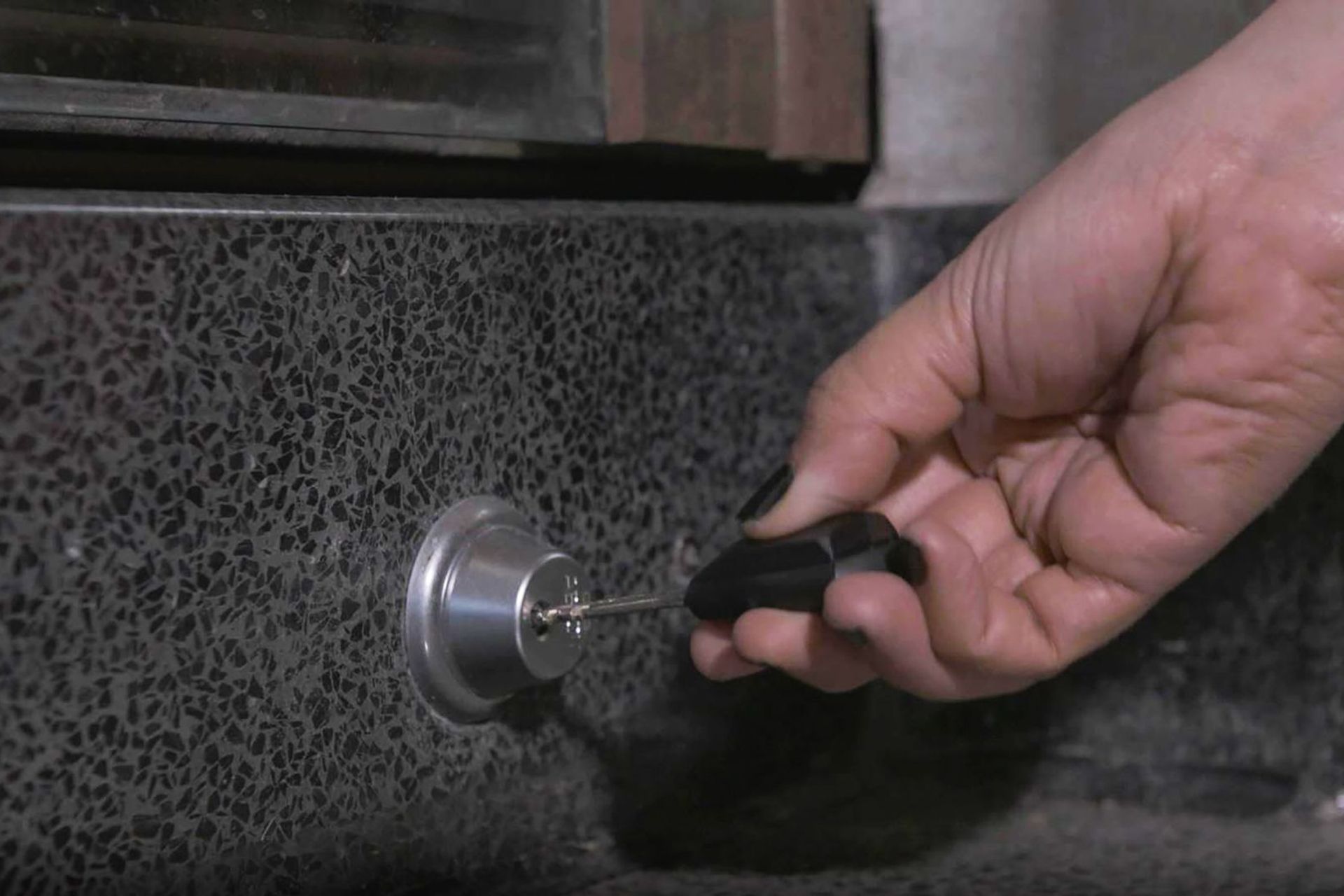
Greater key control and visibility
All keys are numbered and assigned to an individual and activated by their user pin at the start of each work day. Keys automatically switch off a few hours after activation, so if a key is lost or goes missing (unbeknownst to the key holder), it soon expires. And if the key owner reports it missing, it can be blocked straight away.
Key data is relayed to a database for the museum team to track the audit trail of keys and doors accessed in order to manage the building. Doors can be assigned individual security settings – some are set for wider usage while others can be locked down to a few individuals.
To design the full locking strategy and specification, ASSA ABLOY created an inventory of over 500 doors and 600 display cases. The holistic, building-wide solution allowed the museum to go out to tender for stage one with pre-vetted locksmiths, with ASSA ABLOY providing ongoing strategic input and technical support for the life of the locks.

A successful solution
‘The solution meets all expectations,’ says Ken. ‘It is heritage sensitive, gives us remote access control to individual keys and individual doors, and we were able to customise it to fit our HID chip for swipe access. The system has taken our security to a whole new level.
‘It’s also a system we are rolling out on the display cases, so we can specify exactly who has access to which cases. Eventually, we’ll only need the one key for each person.
‘Staff love it. It’s user-friendly and easier than the old system. Everyone is in the habit of badging in each morning and updating their keys.
‘This has been one of the easiest technology projects I’ve been involved in, due directly to the product and project support provided by ASSA ABLOY. They helped us develop a system then designed the architecture for it. And Neil was a pleasure to work with. They came in well under budget, on time, and to our quality expectations.’

Founded
Projects Listed
Responds within
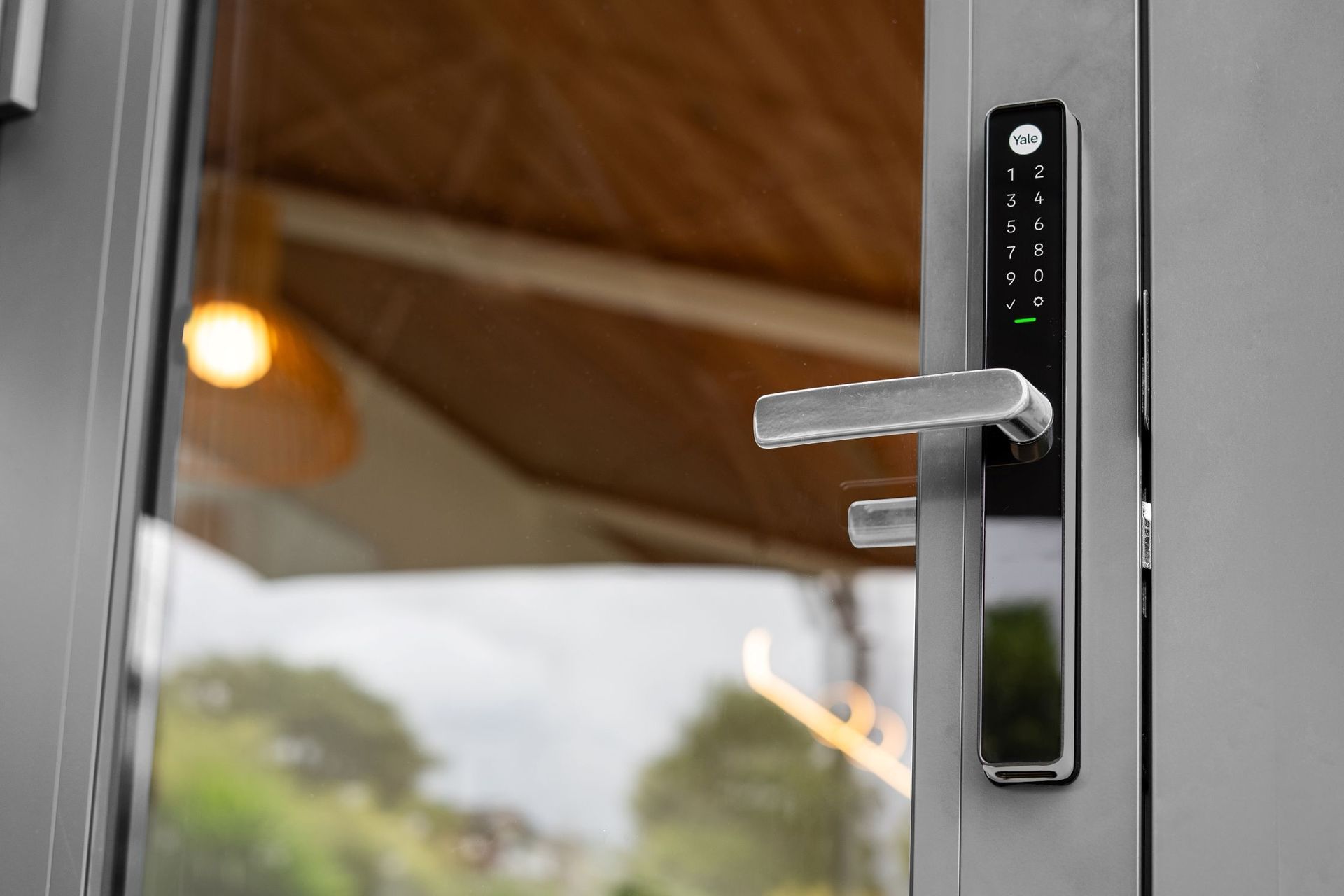
ASSA ABLOY.
Other People also viewed
Why ArchiPro?
No more endless searching -
Everything you need, all in one place.Real projects, real experts -
Work with vetted architects, designers, and suppliers.Designed for New Zealand -
Projects, products, and professionals that meet local standards.From inspiration to reality -
Find your style and connect with the experts behind it.Start your Project
Start you project with a free account to unlock features designed to help you simplify your building project.
Learn MoreBecome a Pro
Showcase your business on ArchiPro and join industry leading brands showcasing their products and expertise.
Learn More

